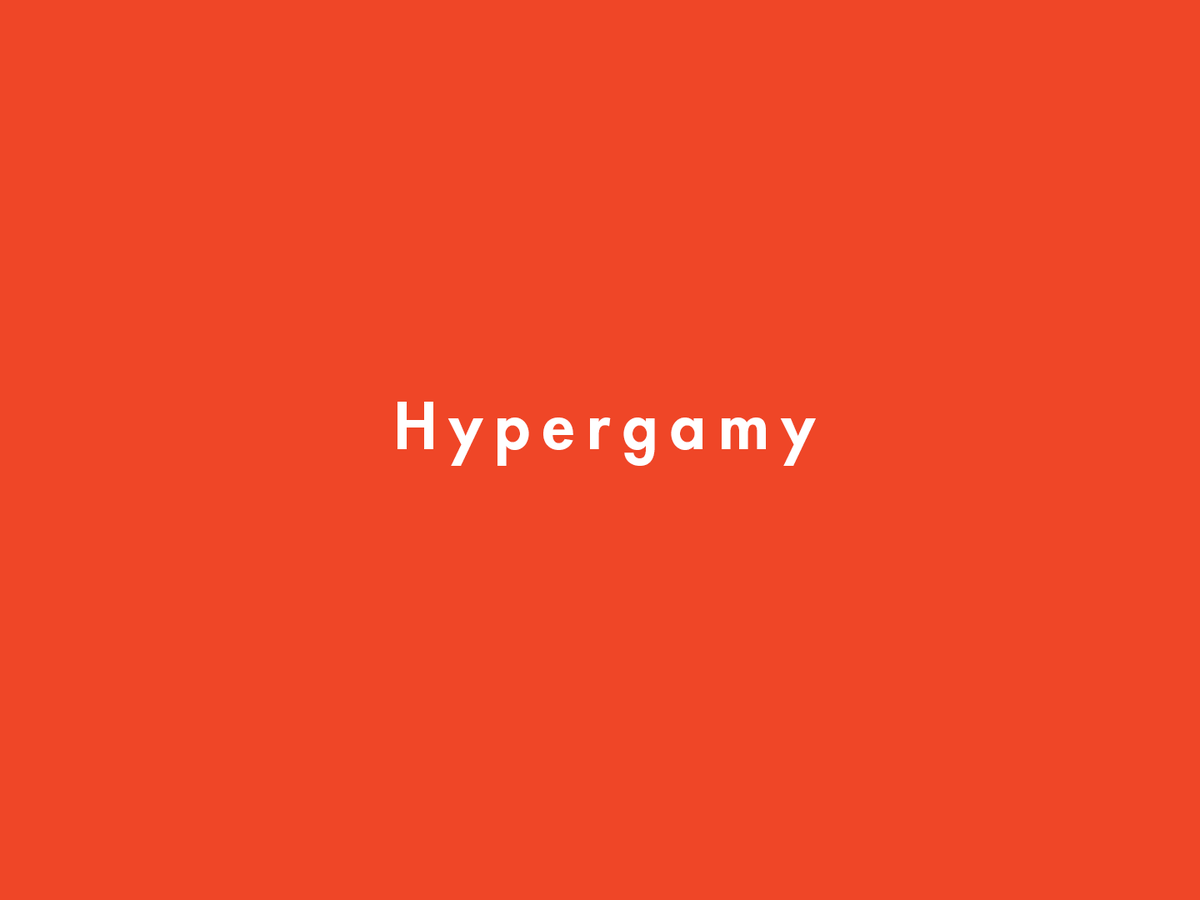Hypergamy

In the intricate tapestry of human relationships, hypergamy emerges as a significant thread, weaving through cultures, societies, and historical epochs. Defined as the tendency for individuals, typically women, to marry or form relationships with partners of higher socioeconomic status or social standing, hypergamy reflects the complex interplay of biological, psychological, and sociocultural factors. This article delves into the multifaceted phenomenon of hypergamy, exploring its evolutionary roots, contemporary manifestations, and implications in modern societies.
Table of Contents
ToggleEvolutionary Underpinnings:
To comprehend hypergamy, one must peer through the lens of evolutionary psychology, which posits that human behavior, including mate selection, is shaped by adaptive mechanisms honed over millennia. In ancestral environments, selecting mates with advantageous traits such as resources, status, and protection conferred survival advantages and enhanced reproductive success. Women, burdened with the physiological costs of pregnancy and childbirth, were predisposed to seek partners capable of providing material support and ensuring the well-being of offspring. Thus, hypergamy can be viewed as an adaptive strategy ingrained in the human psyche to optimize reproductive fitness.
Cultural and Societal Dynamics:
While rooted in evolutionary imperatives, hypergamy’s expression is profoundly influenced by cultural norms, socioeconomic structures, and gender dynamics. Across cultures, variations in marriage practices, familial expectations, and economic systems shape the contours of hypergamous mate selection. Patriarchal societies often valorize hypergamy as a means of upward social mobility for women, positioning marriage to affluent or powerful men as a pathway to enhanced status and security. Conversely, in more egalitarian contexts, hypergamy may be tempered by considerations of compatibility, shared values, and emotional fulfillment, alongside socioeconomic factors.
Modern Manifestations:
In contemporary society, hypergamy persists albeit in nuanced forms, intricately intertwined with shifting gender roles, economic dynamics, and technological advancements. The rise of women’s education and workforce participation has empowered them to pursue economic independence and autonomy, altering traditional power dynamics in relationships. Consequently, hypergamous tendencies may manifest not merely in the pursuit of wealth or social status but also in seeking partners with intellectual, emotional, or creative compatibility. Online dating platforms further amplify hypergamous inclinations, providing a vast pool of potential partners and facilitating selective mate choice based on diverse criteria.
Challenges and Dilemmas:
However, the prevalence of hypergamy also engenders challenges and dilemmas, both at individual and societal levels. For individuals, the pursuit of hypergamous relationships may engender feelings of inadequacy, perpetuate materialistic values, or foster transactional attitudes towards love and intimacy. Moreover, hypergamy can exacerbate socioeconomic inequalities, as individuals from marginalized or disadvantaged backgrounds face barriers to accessing hypergamous unions, perpetuating cycles of social stratification and exclusion. From a societal perspective, hypergamy may exacerbate gender disparities, reinforcing stereotypes and expectations regarding women’s roles as caregivers and homemakers, despite their increasing participation in the workforce.
Navigating Hypergamy:
To navigate the complexities of hypergamy, fostering a nuanced understanding of its underlying mechanisms and consequences is imperative. Recognizing that hypergamy is not a monolithic phenomenon but rather a multifaceted interplay of biological, psychological, and sociocultural factors is crucial. Encouraging open dialogue and critical reflection on societal norms and expectations surrounding relationships can mitigate the adverse effects of hypergamy, promoting more equitable and fulfilling partnerships. Moreover, fostering socioeconomic opportunities and dismantling structural barriers can mitigate disparities and empower individuals to pursue relationships based on genuine compatibility and mutual respect, rather than narrowly defined notions of status or wealth.
Conclusion:
Hypergamy, as a phenomenon deeply ingrained in human history and psychology, continues to shape the dynamics of partner selection in contemporary societies. While rooted in evolutionary imperatives, its expression is profoundly influenced by cultural norms, socioeconomic structures, and shifting gender dynamics. Recognizing the complexities and nuances of hypergamy is imperative for fostering more equitable and fulfilling relationships, grounded in genuine compatibility, mutual respect, and shared values. By navigating the intricacies of hypergamy with empathy, introspection, and social awareness, individuals and societies can strive towards building more inclusive, resilient, and harmonious relationships.





